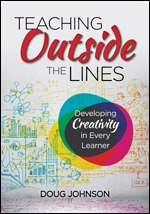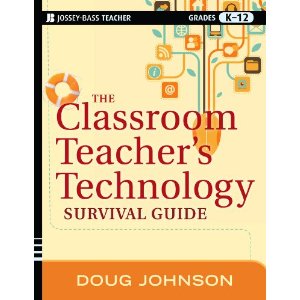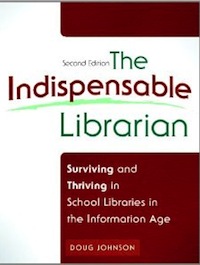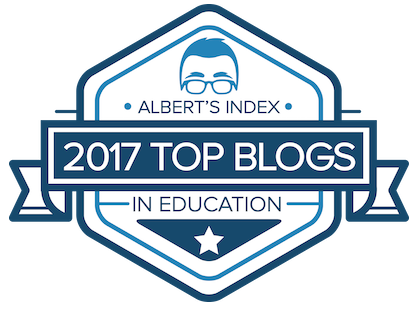The Lazy Person’s Reading Plan
 Tuesday, August 16, 2005 at 06:51PM
Tuesday, August 16, 2005 at 06:51PM At heart, I am a lazy person. Nothing suits me better than to veg out and loose myself in a mindless potboiler full of sex, violence and dubious plot twists – the reader’s equivalent of staring glassy-eyed at the television screen.
But, alas, I am a sluggard with some small professional conscience as well - damn whatever gene caused that! So I am compelled to read things that are good for me – my intellectual vegetables. Therefore I’ve developed a “mental exercise” plan that seems to work.
It’s pretty simple. I alternate between “snack” books and “healthy” books. For every Daniel Silva or Michael Connelly or Dan Simmons, I read a work of non-fiction or something called “literature.” (Listening to a “healthy” book on tape also counts.)
I’ve done this for years, and found surprisingly, that the healthy books can be nearly as enjoyable as the “snack” books.
One of my long-range plans to create a list of important books in my life that somehow bring to mind Thoreau’s quote above. I created a short, eclectic list in my book Machines are the Easy Part; People are the Hard Part:
1. Teaching as a Subversive Activity. Neil Postman.
As good as when it was written over forty years ago and even more critically needed today. Remind yourself why you went into teaching.
2. Language in Thought and Action. S. I. Hayakawa.
How language controls us.
3. School’s Out. Lewis J. Perelman.
The educational, structural, and political changes Perelman predicted are coming true. Just more slowly.
4. Punished by Rewards. Alfie Kohn.
The most compassionate education writer alive explains why extrinsic motivation harms students.
5. Savage Inequality. Jonathan Kozol.
Explains the difference between schools for the governors and the governed. In which do you work?
6. Failure to Connect. Jane M. Healy.
Computers being used badly in schools. Tell me it isn’t so!
7. Future of Success. Robert B. Reich.
Readable exploration of work as our students will know it.
8. The Mac (PC) is Not a Typewriter. Robin Williams.
One read through this and your printed work will look good.
9. Things That Make Us Smart: Defending Human Attributes in the Age of the Machine. Donald A. Norman.
Bad engineering and design is behind the frustration with technology that many normal people feel.
10. Results. Mike Schmoker.
An intelligent, practical approach to the power of educational measurement and accountability.
Happily, I’ve discovered a couple other books this summer that will make my “important” book list. The first is Thomas Friedman’s The World is Flat about global economics and its impact on the workforce. The second is nearly a companion volume, Daniel Pink’s A Whole New Mind that argues the successful people in a global economy will be those who exercise their right brain skills. (Not quite finished with this one yet.)
So what books are you reading that may “date a new era” in your life?
Oh, feel free to adopt the Lazy Person’s Reading Plan if you feel it will work for you.









